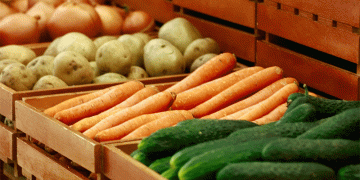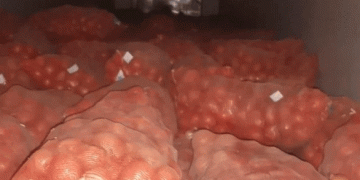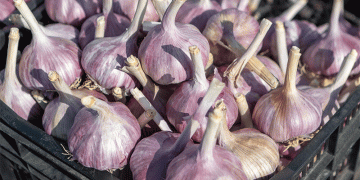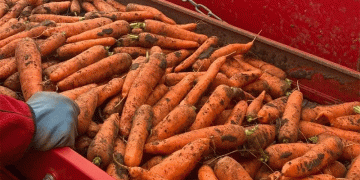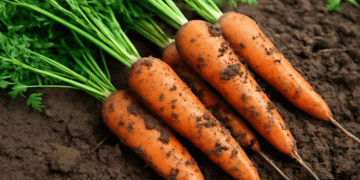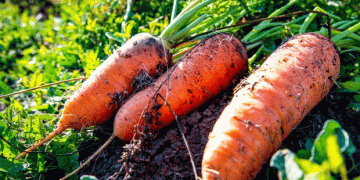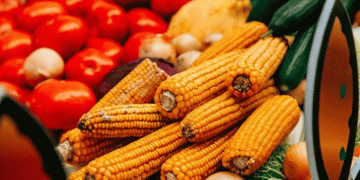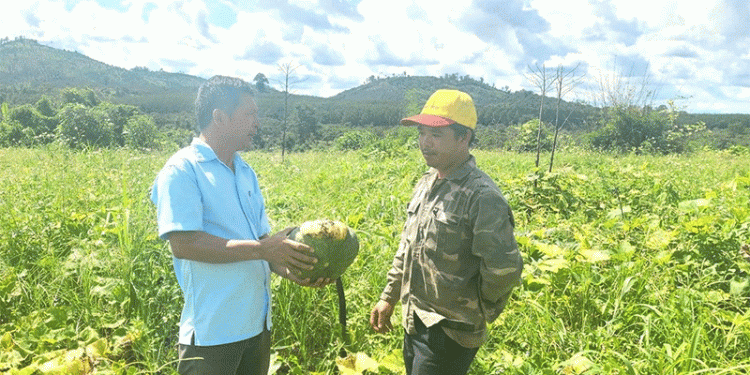In the border commune of Ia O, Vietnam, pumpkin farmers are facing a devastating dual crisis: catastrophic crop failure coupled with a dramatic price collapse. This situation, where farmers report yields halved and prices more than halved, is a stark real-world lesson in the interconnected risks of modern agriculture. For agronomists, farm owners, and scientists, the plight of these growers highlights the critical need for strategies that address both production and market vulnerabilities.
The primary driver of the production failure was adverse weather. As reported by farmer Nguyễn Văn Quyết, unseasonal rains during the flowering period severely disrupted pollination and increased pest and disease pressure. Despite increased labor and input costs to manage the crop, his 20-hectare farm saw yields drop from an expected 180 tons to just 100 tons. This underscores the profound sensitivity of high-value vegetable crops to climatic anomalies. Such events are becoming more common; the Food and Agriculture Organization (FAO) of the UN consistently highlights climate variability as a leading cause of yield instability for smallholders worldwide, with excess rainfall during critical flowering stages being a major issue for cucurbit crops like pumpkin.
Compounding the production loss is a severe market failure. The farm-gate price for pumpkins plummeted from 7,000-8,000 VND/kg in previous years to just 3,000-4,000 VND/kg this season. This price collapse can be attributed to a classic case of the “cobweb theorem” in economics, where high prices in one year encourage overproduction the next, leading to a supply glut and price crash. Local official Xa Văn Quan confirmed this pattern, noting that “when prices were high, everyone rushed to plant.” This lack of coordinated market planning and price forecasting leaves farmers dangerously exposed. The International Food Policy Research Institute (IFPRI) has documented similar price volatilities in regional horticultural markets, where the absence of formal contracts or cooperatives forces farmers to accept whatever price traders offer at harvest.
The situation is particularly dire for new entrants like Mrs. Quách Thị Thủy, who invested 30 million VND in her first pumpkin crop. Without prior experience and planting later in the season, her crop is also expected to fail, demonstrating how a lack of technical knowledge and poor timing can magnify existing risks. This points to a critical gap in agricultural extension services focused on risk management and market literacy for new and existing farmers.
The crisis in Ia O is not an isolated incident but a powerful case study in systemic agricultural risk. It demonstrates that success in short-cycle crop production depends on more than just good agronomy. A resilient operation requires an integrated approach that includes:
- Climate-Smart Practices: Investing in protected cultivation, improved drainage, and disease-resistant varieties to mitigate weather-related yield loss.
- Market Intelligence and Coordination: Moving beyond reactionary planting through farmer cooperatives that can negotiate contracts, manage supply, and provide market data to prevent price crashes.
- Robust Financial Planning: Providing training and tools that help farmers, especially new entrants, understand full production costs and financial risks before investing.
For the global agricultural community, the message is clear: building farm resilience requires building defenses against both climatic and economic shocks. Sustainable profitability depends on managing the entire chain of risk, from the field to the market.















